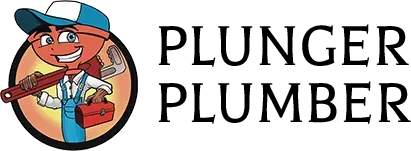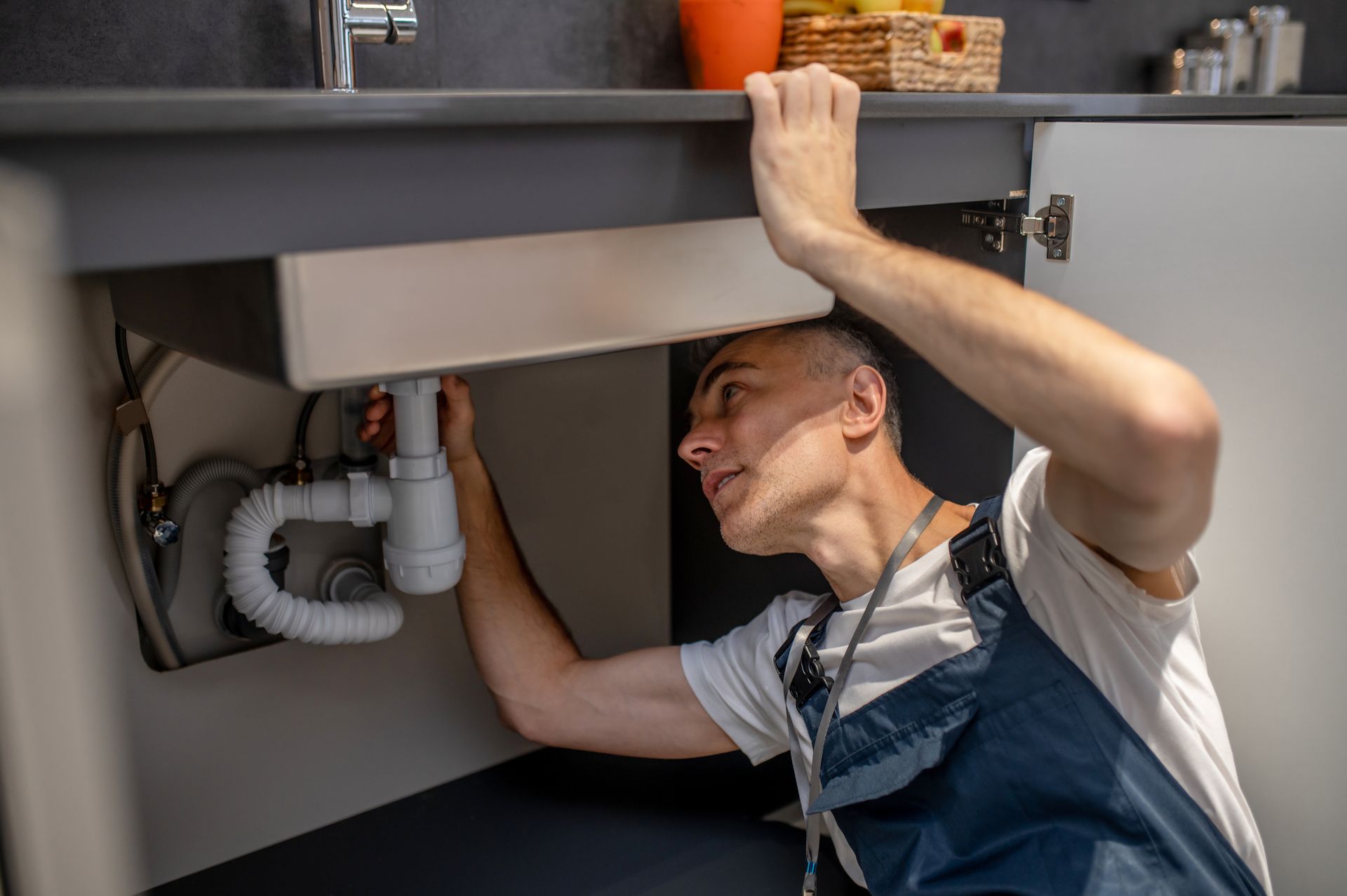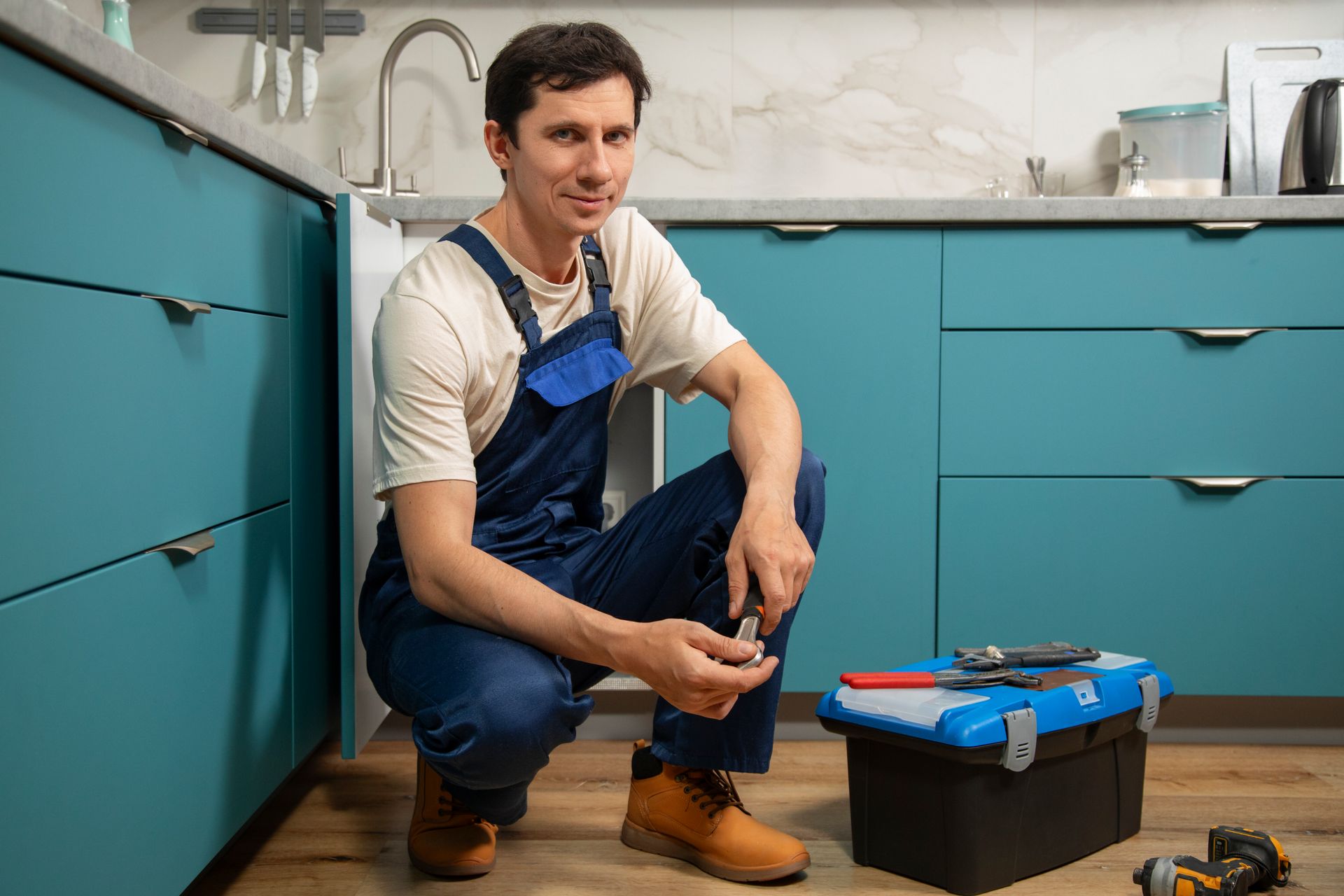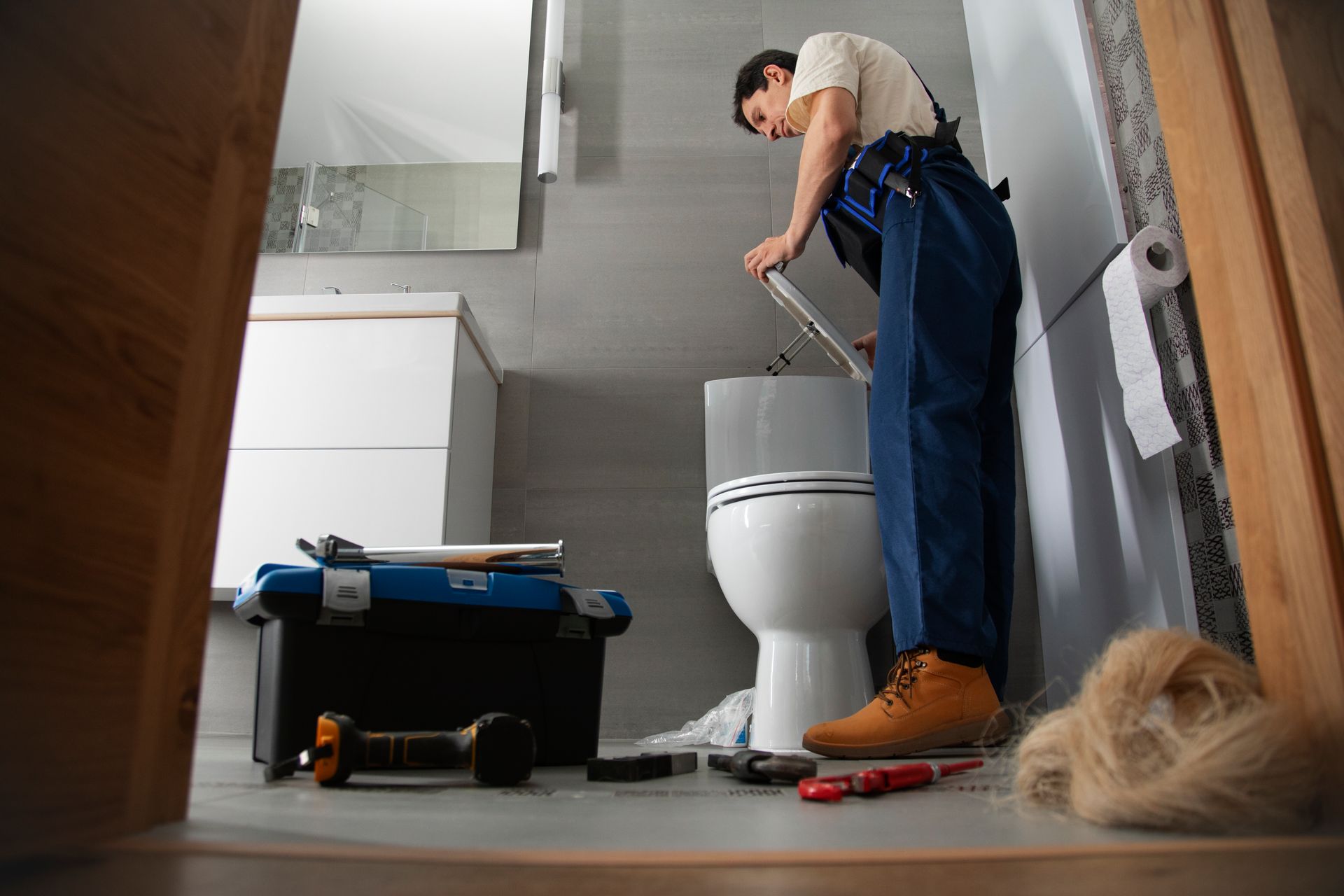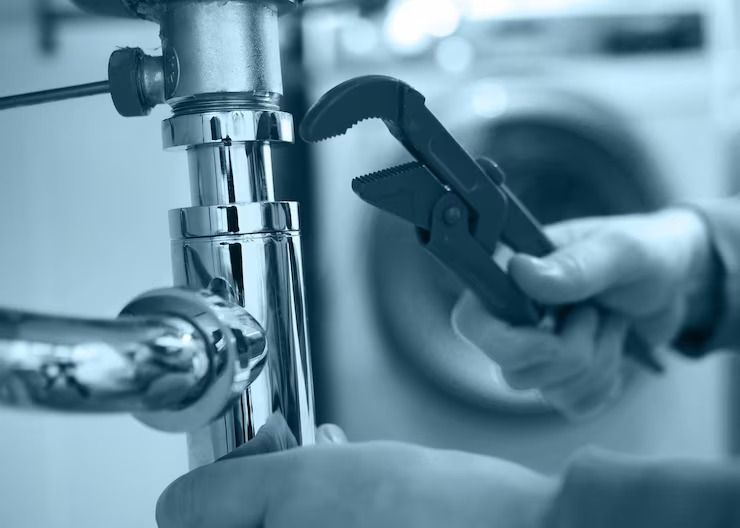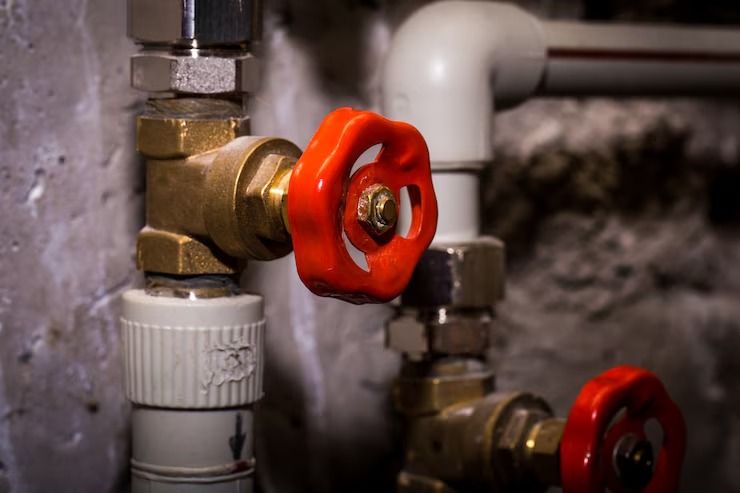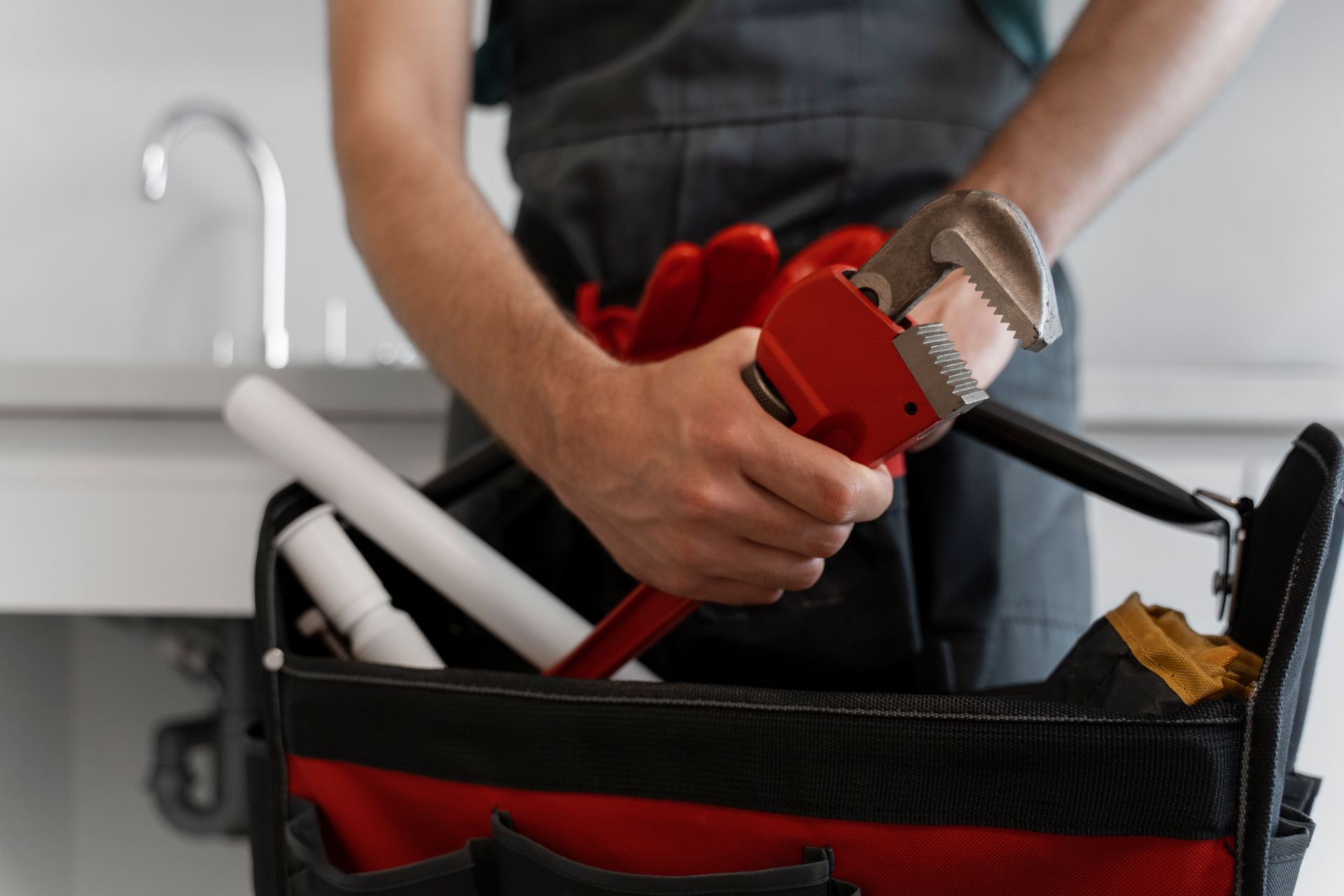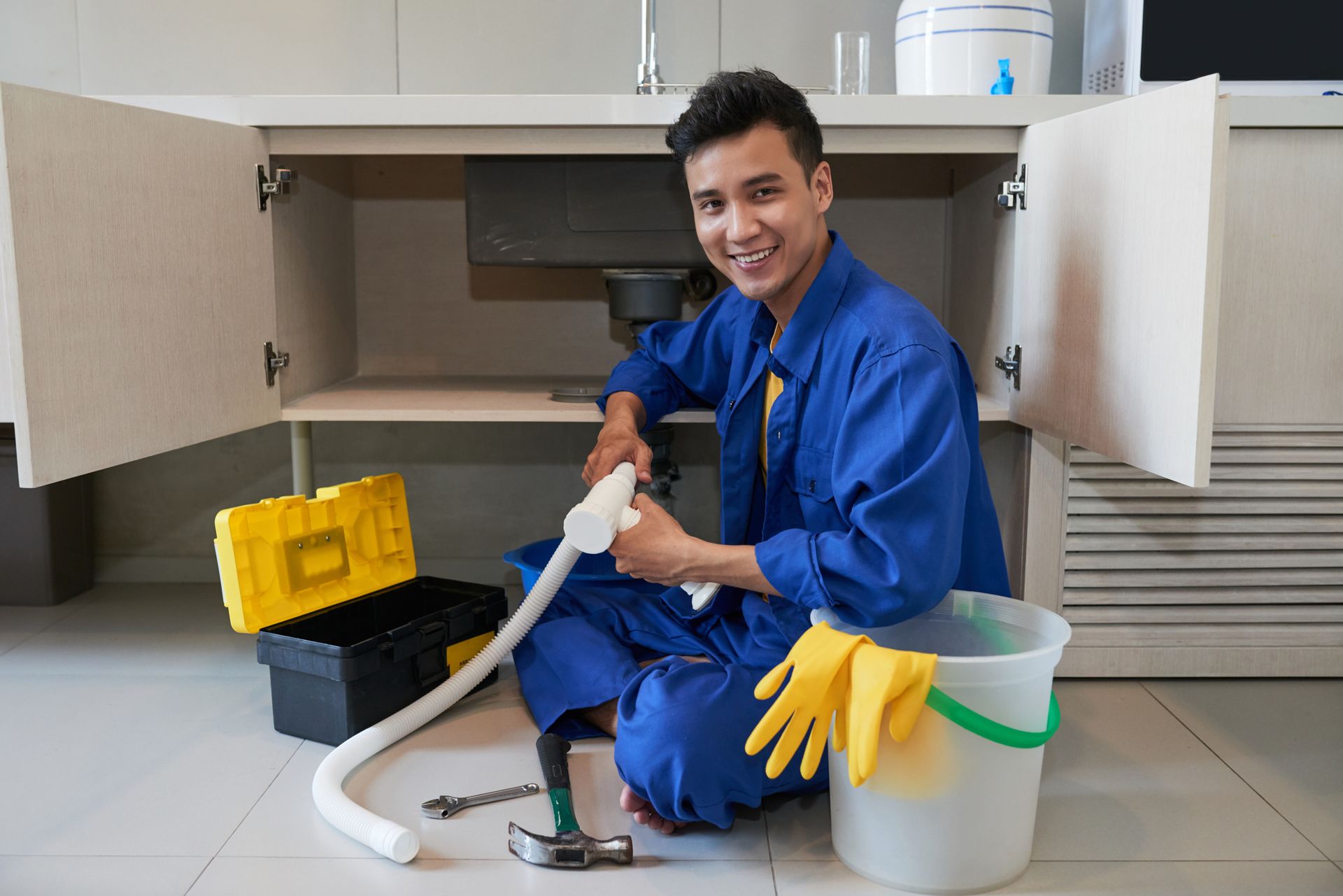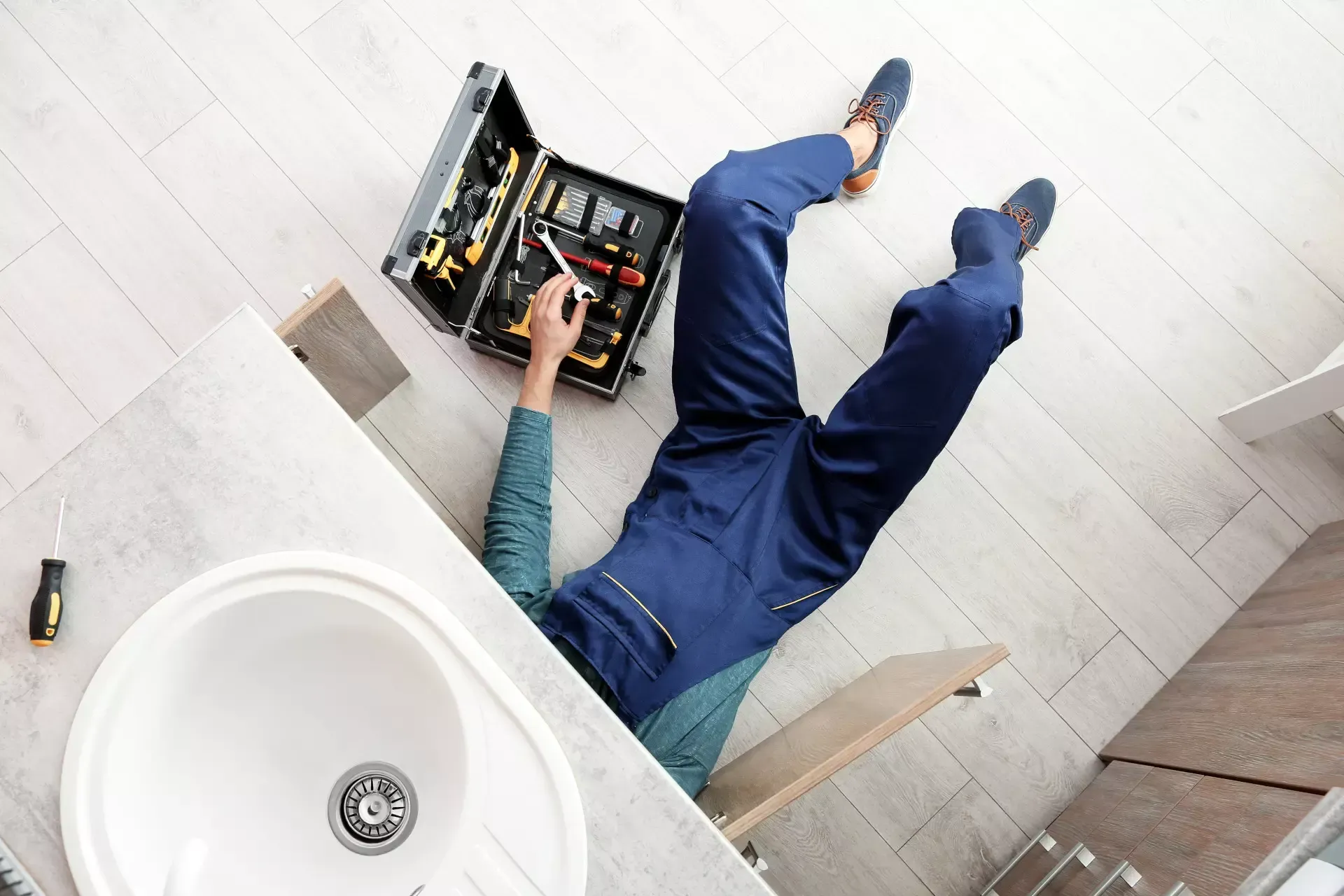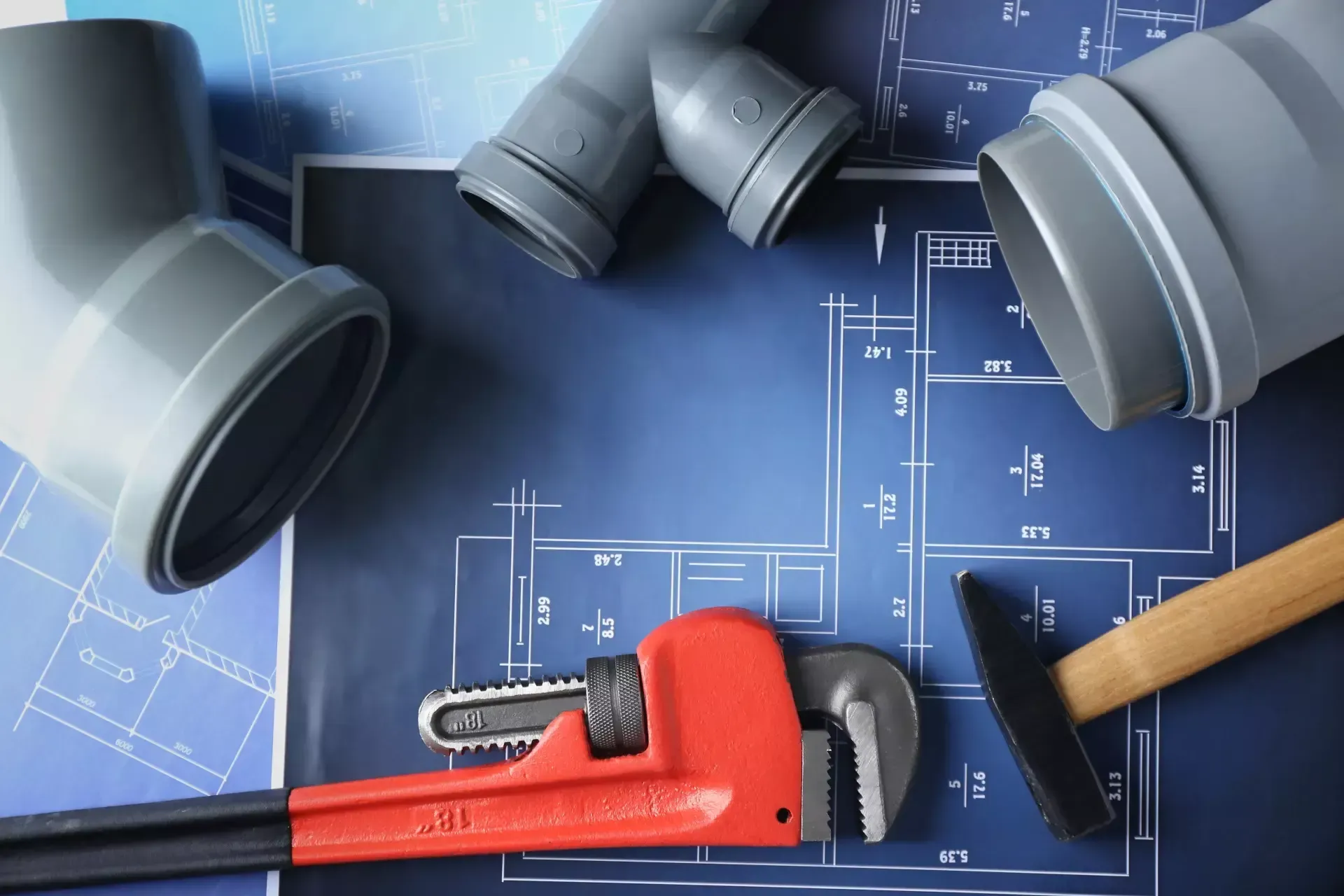How Sewer Lines Work: Ensuring Smooth Flow and Environmental Safety
How Sewer Lines Work: Ensuring Smooth Flow and Environmental Safety

Key Takeaways
- Sewer lines are essential for transporting wastewater from homes to treatment facilities, maintaining hygiene and environmental safety.
- The functioning of sewer lines involves gravity, slope, and proper installation to ensure the smooth flow of waste.
- Regular maintenance, prompt repairs, and professional inspections are crucial to avoid blockages, leaks, and environmental hazards.
- DIY repairs on sewer lines are not recommended due to the complexity and potential risks involved.
Sewer lines are an often overlooked but critical component of modern infrastructure, quietly working beneath our feet to transport wastewater from our homes and businesses to treatment facilities. Understanding how sewer lines work is essential not only for maintaining smooth and efficient wastewater flow but also for protecting public health and the environment. This blog will take you through the intricacies of sewer line operations, shedding light on their importance, the mechanisms that keep them functioning, and why professional maintenance is key to avoiding costly repairs and environmental hazards.
How Sewer Lines Work: The Basics
Sewer lines function through a straightforward yet effective system primarily driven by gravity. These pipes are typically installed at a downward slope, allowing wastewater to flow naturally from higher elevations (your home) to lower ones (sewage treatment plants). The design and installation of sewer lines require precision to maintain the right slope and avoid blockages.
Gravity and Slope: The Driving Forces
Gravity is the primary force behind the operation of sewer lines. For the system to work efficiently, pipes must be installed with a consistent slope. If the slope is too steep, the water may rush through, leaving behind solid waste that can cause blockages. Conversely, if the slope is too shallow, the water won't flow efficiently, leading to potential clogs and backups.
The typical slope for a sewer line is about 1/4 inch per foot, though this can vary depending on local building codes and the specific needs of the property. The correct installation of these pipes is critical for ensuring that wastewater is transported smoothly and without interruption.
Materials Used in Sewer Lines
Sewer lines are constructed from various materials, each with its own set of advantages and disadvantages. Historically, clay pipes were commonly used due to their durability, but they are prone to cracking under pressure. Modern sewer lines are often made from PVC (polyvinyl chloride) or ABS (acrylonitrile butadiene styrene), which are lightweight, resistant to corrosion, and easier to install.
Another material used is cast iron, known for its strength and longevity. However, it is heavier and more expensive than PVC or ABS. The choice of material can significantly impact the sewer line's lifespan and its maintenance requirements.
Connection to the Main Sewer Line
Your home’s sewer line connects to the municipal sewer system, which eventually leads to a wastewater treatment facility. The point where your home’s sewer line meets the municipal line is crucial; any issues at this junction can cause significant problems both for your property and the broader community.
Vents and Cleanouts
Sewer systems include vents and cleanouts to maintain proper function. Vents allow sewer gasses to escape, preventing them from entering your home, while cleanouts provide access points for clearing blockages. These features are essential for the overall efficiency and safety of the sewer system.
The Importance of Professional Maintenance
Why DIY Isn’t the Best Approach
While it might be tempting to handle sewer line issues yourself, DIY repairs can lead to more harm than good. Sewer systems are complex, and without proper knowledge and tools, you risk damaging the pipes or causing a hazardous situation. For example, improper repairs can lead to leaks, which not only damage your property but also pose serious health risks due to the potential for raw sewage exposure.
Professional Inspections and Maintenance
Regular inspections by professionals are crucial for identifying potential issues before they become major problems. Sewer line inspections often involve the use of advanced technology like video cameras to detect cracks, blockages, or other signs of wear and tear. These inspections can save homeowners thousands of dollars in repair costs by catching problems early.
In addition to inspections, routine maintenance such as hydro jetting can help keep sewer lines clear of debris and build-up, ensuring that they function optimally. Hydro jetting involves the use of high-pressure water to remove obstructions in the sewer line, a task that should only be performed by experienced professionals.
Environmental Impact of Proper Sewer Line Maintenance
Properly maintained sewer lines are crucial for environmental safety. Leaks or blockages can lead to raw sewage entering the environment, contaminating water sources and harming wildlife. By ensuring that sewer lines are functioning correctly, homeowners can play a part in protecting the environment and public health.
Potential Problems and Their Solutions
Blockages and Clogs
One of the most common issues with sewer lines is blockages, often caused by the accumulation of grease, hair, or other debris. Tree roots can also invade sewer lines, leading to significant blockages and even pipe breakage. Blockages can cause backups into the home, leading to unpleasant odors, unsanitary conditions, and costly damage.
The best solution for blockages is prevention. Avoid flushing items that can cause clogs, such as wipes or grease, down the toilet or sink. Regular maintenance and inspections can also help detect potential blockages before they become severe.
Leaks and Pipe Damage
Leaks in sewer lines can be caused by various factors, including shifting soil, corrosion, or damage from tree roots. These leaks can lead to contaminated soil, attract pests, and cause structural damage to your home.
Repairing leaks often requires professional intervention. Depending on the severity of the leak, repairs can range from patching a small crack to replacing entire sections of pipe. It’s important to address leaks promptly to avoid further damage.
Sewer Line Replacement
In some cases, sewer lines may be beyond repair and require replacement. This is often the case with older homes that still have clay or cast iron pipes. Replacing a sewer line is a significant undertaking that involves excavating the old pipes and installing new ones.
Trenchless sewer line replacement is a modern technique that minimizes disruption by replacing the pipe without the need for extensive digging. This method involves pulling a new pipe through the old one, which then breaks apart the old pipe and leaves the new one in its place.
If you're in Cleveland, OH, and need expert help with your sewer lines, look no further than Plunger Plumber. Located right here in Cleveland, we are your trusted local plumbing professionals dedicated to keeping your sewer system running smoothly. Whether you have questions about how sewer lines work or need immediate assistance, our team is ready to provide top-notch service. Give us a call today at 216-399-7569 to schedule an inspection or get the expert advice you need to maintain your sewer lines and protect your home.
Conclusion
Understanding how sewer lines work is crucial for maintaining a healthy home and environment. These systems, while often out of sight and out of mind, play a vital role in our daily lives by safely transporting waste away from our homes. Regular professional maintenance and prompt repairs are essential to keep sewer lines functioning smoothly and to prevent potentially costly and hazardous problems.
For homeowners, it’s important to recognize the limits of DIY solutions and to rely on professional services when it comes to sewer line maintenance and repair. By doing so, you can avoid the pitfalls of improper repairs and ensure that your sewer system remains in good working order for years to come.
If you're curious about how sewer lines work and want to ensure your system is operating efficiently, contact Plunger Plumber today. Our team of experts is ready to help you keep your home safe and your sewer lines in top condition.
FAQs
Q: How often should sewer lines be inspected?
A: Sewer lines should be inspected every 1-2 years to detect any potential issues early on.
Q: Can I clean my sewer lines myself?
A: It’s best to leave sewer line cleaning to professionals who have the necessary equipment and expertise.
Q: What are the signs of a sewer line problem?
A: Common signs include slow drains, gurgling noises, foul odors, and water backing up in your home.
Q: How do tree roots affect sewer lines?
A: Tree roots can invade sewer lines through small cracks, leading to blockages and potential pipe damage.
Q: What is the cost of replacing a sewer line?
A: The cost can vary widely depending on the extent of the damage and the method used, but it typically ranges from $3,000 to $25,000.
Ready to work with Plunger Plumber?
Let's connect! We’re here to help.
Send us a message and we’ll be in touch.
Or give us a call today at (216) 616-1468
